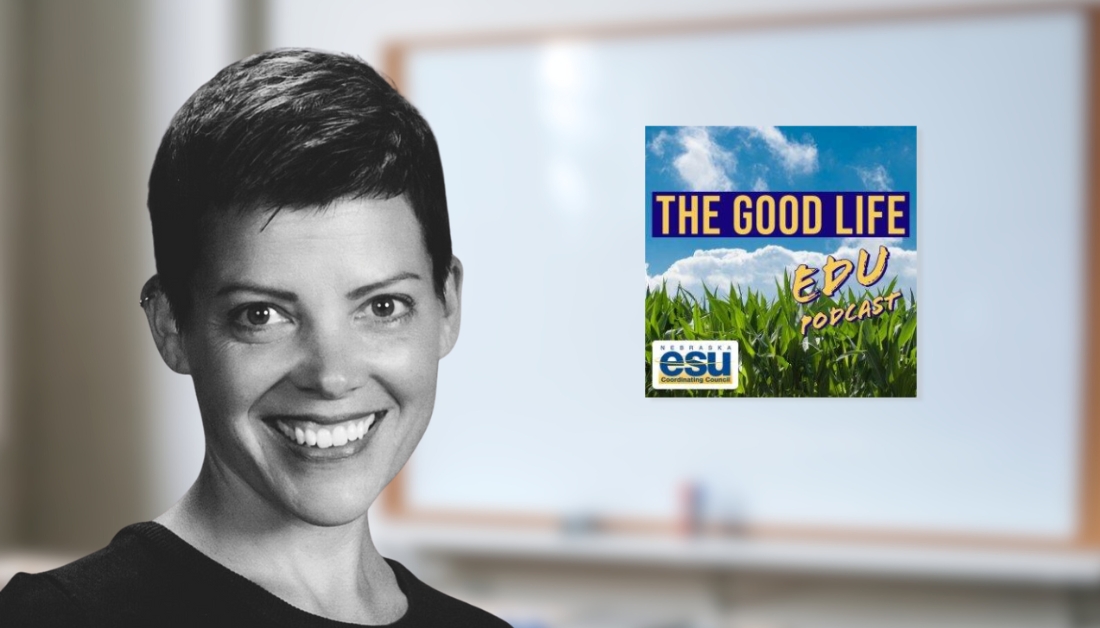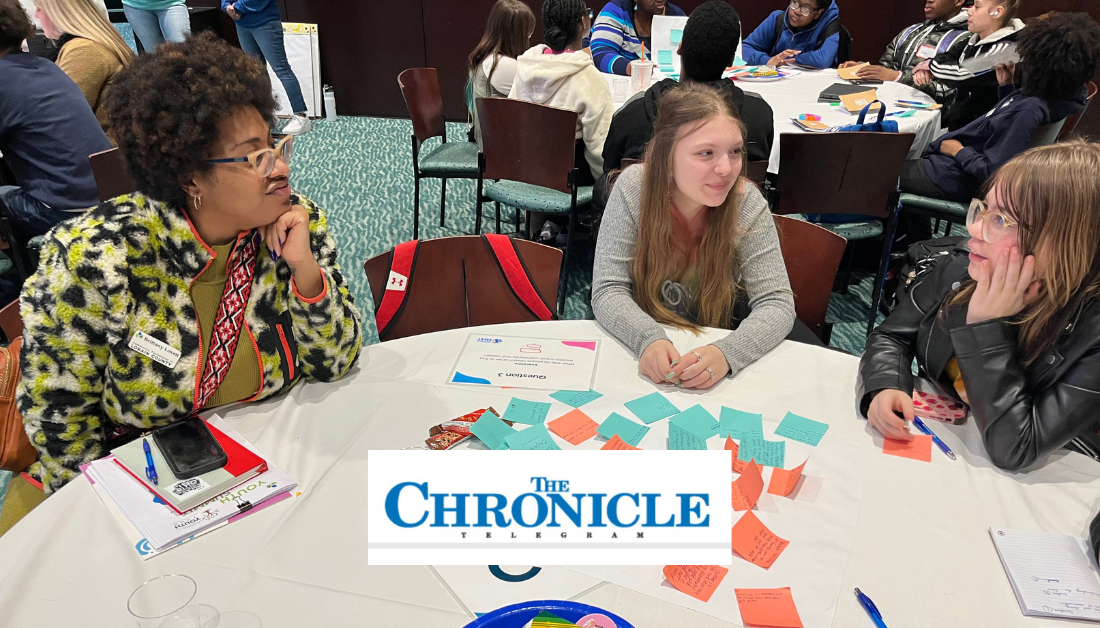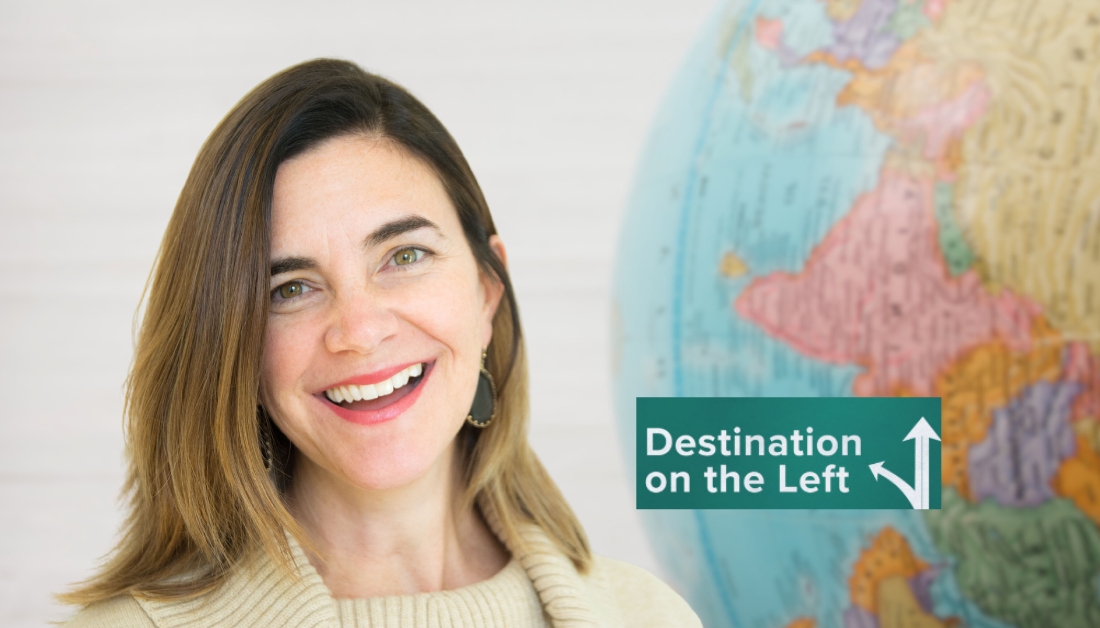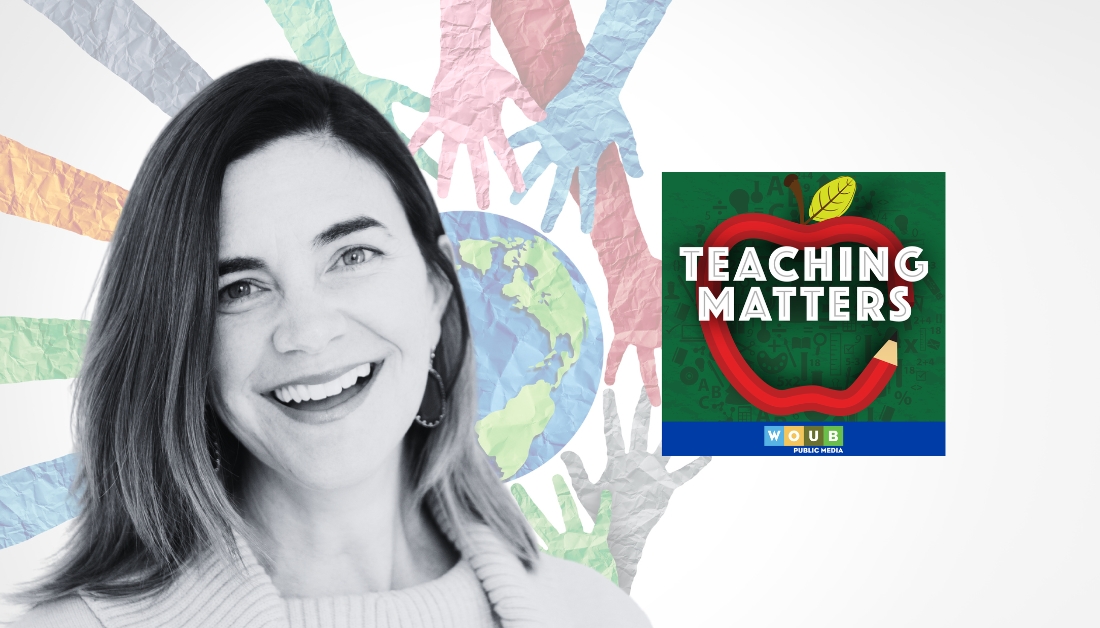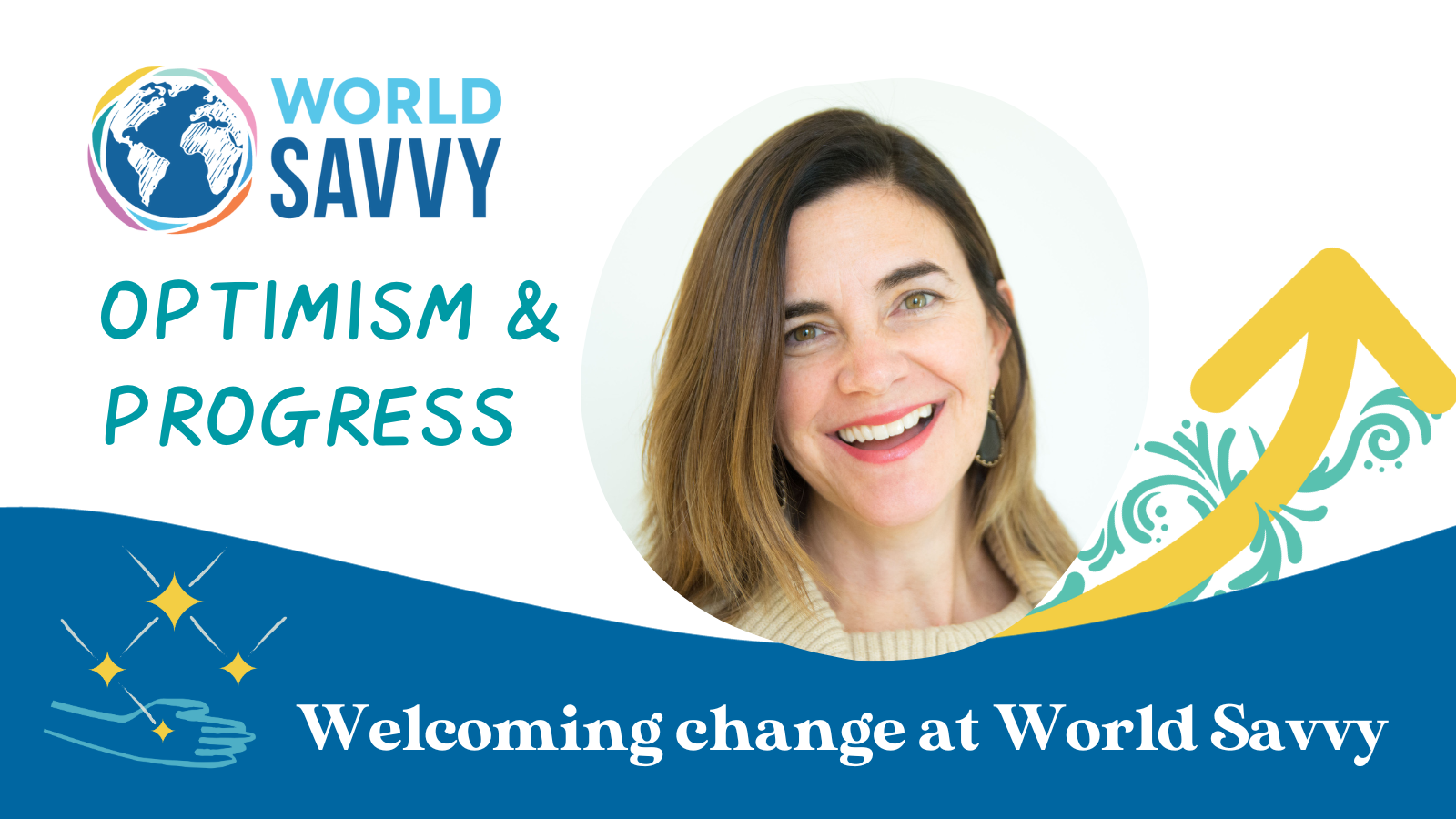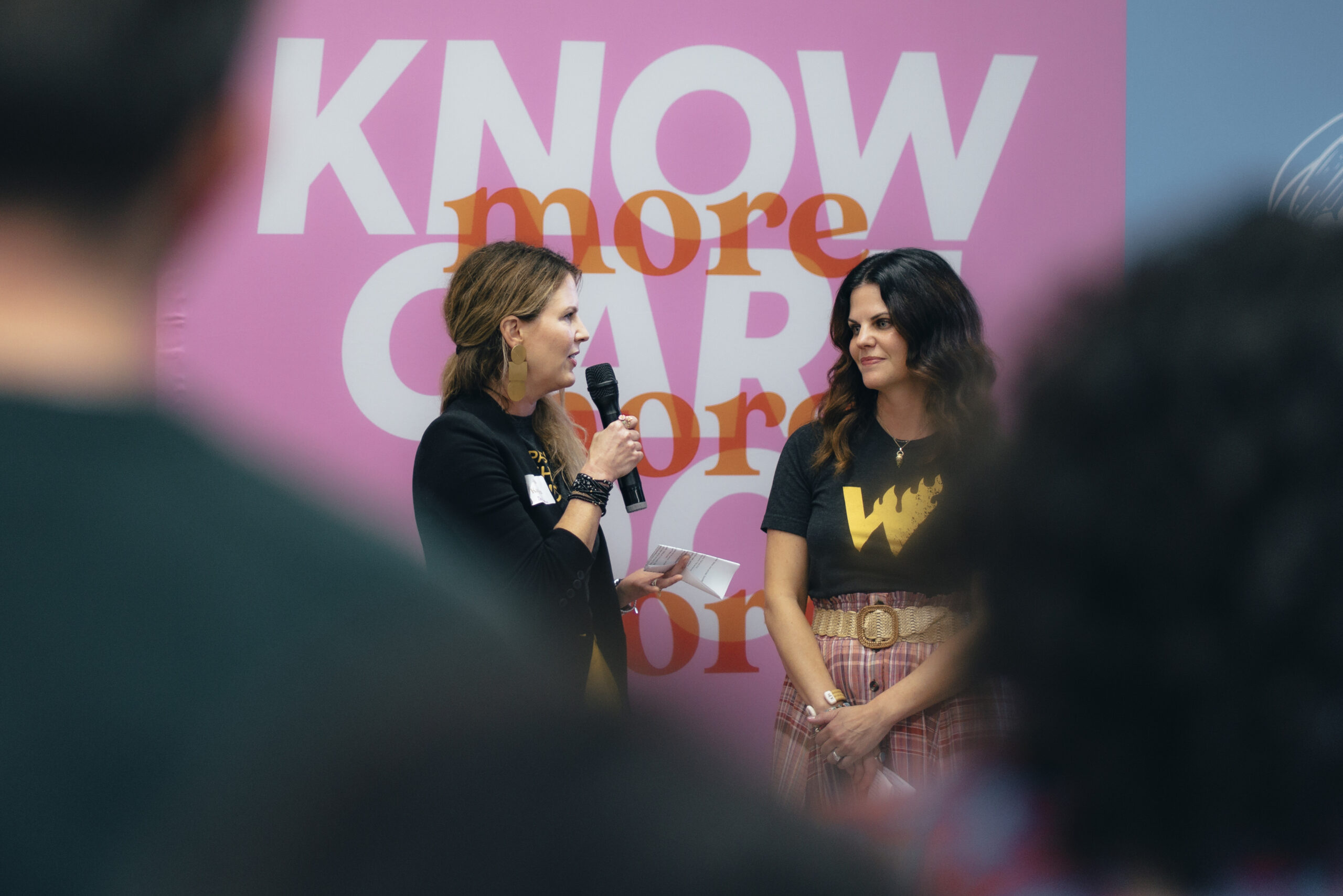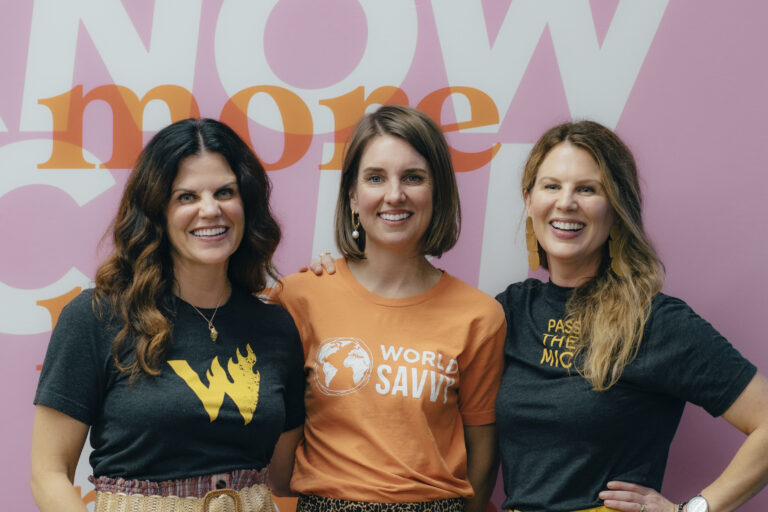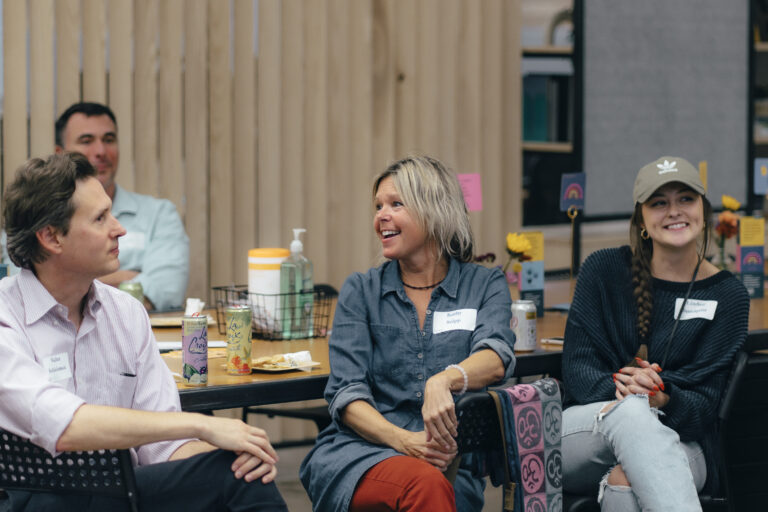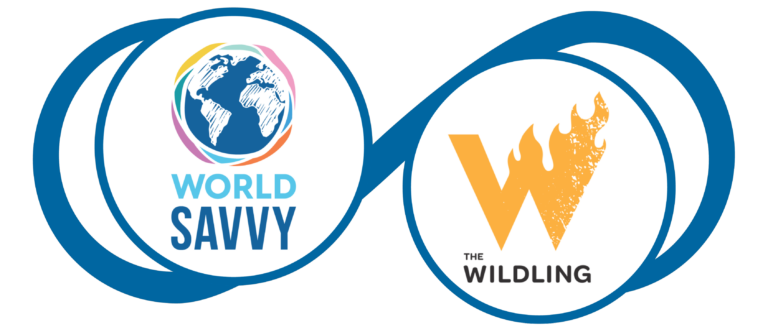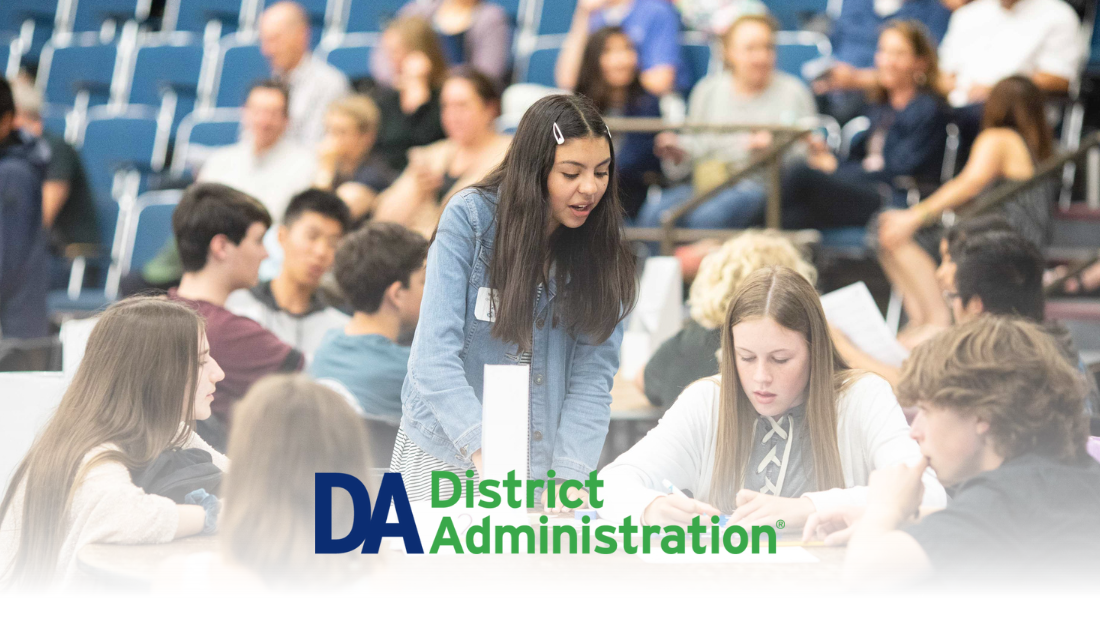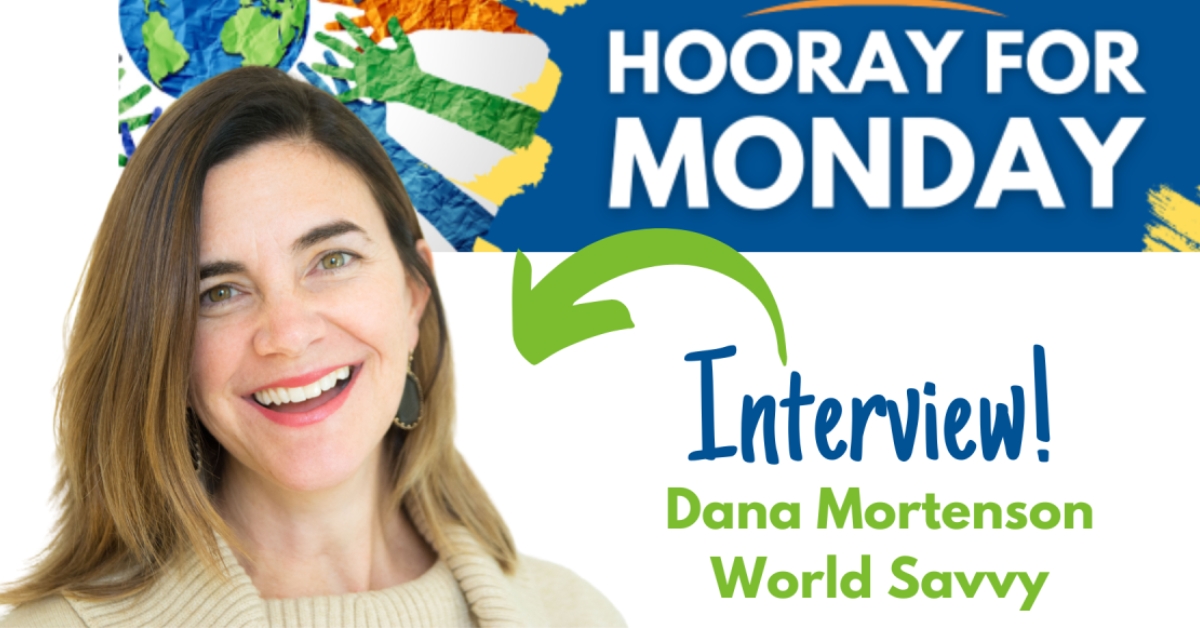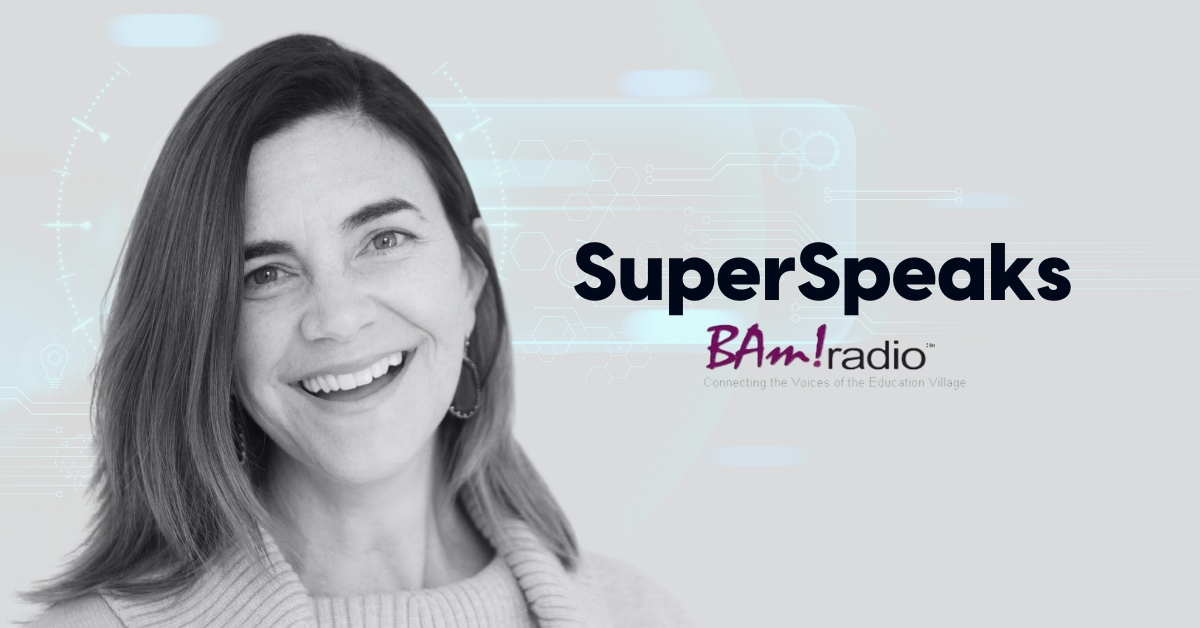Greetings, World Savvy community,
This coming spring will mark 22 years for me as the CEO of World Savvy, and we continue to reach milestones that I could scarcely have imagined back in 2002. Together we have built an incredible organization: trusted, sustainable, and relied upon across the country to empower educators to make schools inclusive, relevant, and engaging for all students, inspiring young people to learn, work, and thrive as responsible global citizens. One of our core values as an organization is that we “intentionally grow and change”, and so, the news I am sharing today is offered in this spirit and with deep gratitude.
I am proud to share that now is the right time for me to start a thoughtful transition out of the CEO role. One of my deepest desires, always, was to build a leaderful organization that could meaningfully change the K-12 system, beyond my leadership. We’ve arrived in that place in the last year at World Savvy: the most experienced, talented national team we’ve ever assembled, rising demand and new partnerships across dozens of states, a stable and growing network of funding partners, and a proven approach that is now changing the conversation about what constitutes a quality education. Since 2002, we’ve reached more than 904,000 students and 7,300 teachers across 45 US states and 32 countries, and we’re positioned to impact millions more in the decade to come. And all of this is happening at a time when the world needs this work more than ever before–as we grapple with unprecedented levels of polarization and division, and complex global challenges that impact us wherever we live. Because of this, I know it is the right time to make space for a new executive to collaborate with our team to grow the organization to the heights we imagine in the decade to come: a thriving network of 10,000 schools centering global competence and building equitable, inclusive, and future-ready learning environments for all kids.
Those who know me well know that I often stress the “Co” in my Co-Founder title, because I wouldn’t have begun this journey without my fellow Co-Founder, Madiha Murshed. I wouldn’t have stayed the course for so long without Madiha’s foundation, and without the tremendous team members and supporters who grew this work alongside me for more than two decades. I love this work, and it will always be an extension of my values and beliefs in the deepest way. It fills me with pride and optimism to see what began as such a small, ambitious endeavor making such an impact through the leadership of so many.
As for what happens next, working closely with a Founder Transition Coach, we have created a Transition Team comprised of board members and staff to ensure that the entire process from now through the onboarding of a new leader minimizes disruption to our daily activities and supports our new leader as they take on the CEO role. Additionally, the Board has assembled a dream Search Team of board members and World Savvy stakeholders to lead the way in finding our next leader. A message from our Board Chair, Linda Ireland:
As Board Chair, I am tremendously proud of what Dana has contributed over 20 years to bring World Savvy to this juncture. She is a marvel, living our values, inspiring so many to share in our mission, and working tirelessly to make World Savvy a leader in reimagining education to be what our young people deserve and our world needs. We are proud of the leaderful organization Dana has built. Our World Savvy staff, clients, stakeholders, and investors are incredible. As Chair of our Search Team, I am excited for what will come next for us all, especially the educators and students who will thrive as global citizens during World Savvy’s next remarkable chapter. We have a strong, experienced, and engaged Board committed to leaning into this transition with the intentionality, thoughtfulness, and enthusiasm it deserves. We have retained Good Citizen, a national search firm, to conduct a search beginning next month, with the intention of welcoming a new CEO by July 2024. Please do not hesitate to reach out to me at any time with questions or suggestions. ~Linda Ireland, Board Chair
Until next July, I will remain World Savvy’s very active and engaged CEO. Once our new leader begins, I will remain in a Founder-in-Residence role through the end of 2024, available to support new leadership and the organization in intentional ways that promote a smooth and effective transition.
In this unique time of inflection, it is rising to the surface for me in visceral ways: we would never be here, at this place of national impact, without our phenomenal community of supporters, advocates, and partners. Many of you have already come forward pledging your continued full support when the day of my transition arrives. Thank you. It fills me with pride to know you see World Savvy as I do–a vibrant, strong, innovative, sustainable, essential organization much more powerful than any one person. My deep gratitude for each of you is hard to encapsulate, but it’s been the fuel for a movement that I have always believed, and will continue to, is changing education in the most important ways.
In the coming months, we will transparently share our progress not only with respect to this transition but also to the critical work we continue to lead in schools nationwide. If you have any questions, concerns, or ideas about our transition process, please don’t hesitate to reach out to me, or to our Board Chair Linda Ireland, at ireland@humanvenn.com.
Thank you, always, for continuing to be a part of this special community.
With gratitude,
Dana Mortenson
CEO and Co-Founder
